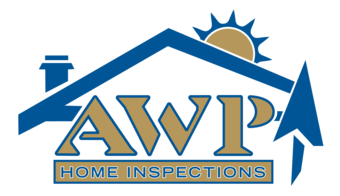Discovering Your Home’s Property Lines: An In-Depth Guide for Homeowners
One of the fundamental aspects of owning a home is gaining a clear understanding of your property lines. Having precise knowledge of your land’s boundaries is crucial to maximize your property’s potential and prevent potential conflicts with neighbors.
Unraveling the mystery of your property lines may appear daunting, but it can be accomplished through research, effective communication, and professional assistance. In this article, we’ll walk you through the process of identifying and confirming your property lines, ensuring that you can responsibly and confidently enjoy your homeowner status.
1. Examine Your Deed and Survey Documents
Your first step in pinpointing your property lines is to scrutinize your property deed and any available survey documents from past property transactions. Your deed contains the legal description of your property, including its boundaries. You can access this information at your local county recorder’s office or even online in some cases. Survey documents, if accessible, provide detailed maps illustrating your property lines, offering valuable insight.
2. Leverage Online Tools and GIS
In this digital age, various online resources and Geographic Information Systems (GIS) can provide you with valuable insights into your property lines. Websites and apps like Google Earth, Zillow, and county GIS platforms often offer property boundary information. While these sources may not be entirely precise, they can serve as a starting point for further exploration.
3. Seek Out Boundary Markers
Many properties feature physical markers or monuments placed at corners or along the property lines. These markers can be metal pins, stakes, concrete monuments, or natural features such as significant rocks or trees. Discovering these markers can be a pivotal clue in determining your property lines.
4. Engage in Neighborly Communication
Open and constructive communication with your neighbors can prove immensely beneficial in your quest to identify property lines. They may possess valuable insights from past surveys or knowledge of existing markers. Friendly discussions about property boundaries can also contribute to preventing potential disputes.
5. Enlist the Services of a Professional Land Surveyor
For precise and legally recognized property line information, it is advisable to hire a licensed land surveyor. A professional surveyor will conduct a boundary survey, precisely identifying and measuring the location of your property lines. This survey will rely on the legal description from your deed and other official documents, and the surveyor will place markers or flags to clearly demarcate the boundaries. While there is a cost associated with this service, the accuracy and peace of mind it provides are unquestionably worthwhile.
6. Respect Your Neighbors’ Boundaries
Throughout the process of identifying your property lines, it is crucial to respect your neighbors’ boundaries. Avoid making assumptions or taking actions that could encroach on their property. Disputes over property lines can strain relationships and lead to costly legal battles, making it essential to proceed cautiously and ensure accurate information before making any changes to your property.
Locating your home’s property lines is a fundamental responsibility of homeownership. By consulting your deed, conducting thorough research, fostering open communication with neighbors, and enlisting the expertise of a professional surveyor, you can confidently establish the precise boundaries of your property. This understanding grants you peace of mind and empowers you to make informed decisions regarding land use, landscaping projects, and property enhancements, all while ensuring you do not inadvertently encroach on your neighbors’ properties. Always remember that accuracy and respectful communication are key when it comes to property lines.
AWP Home Inspections offers inspection services to customers in West Central and Central Indiana. Contact us to request an appointment.

